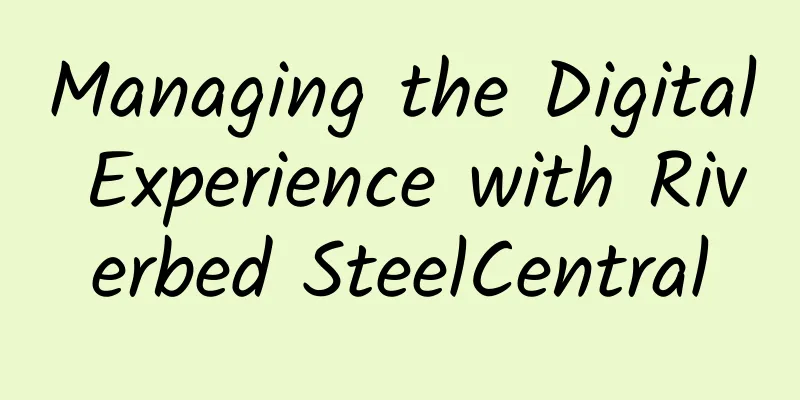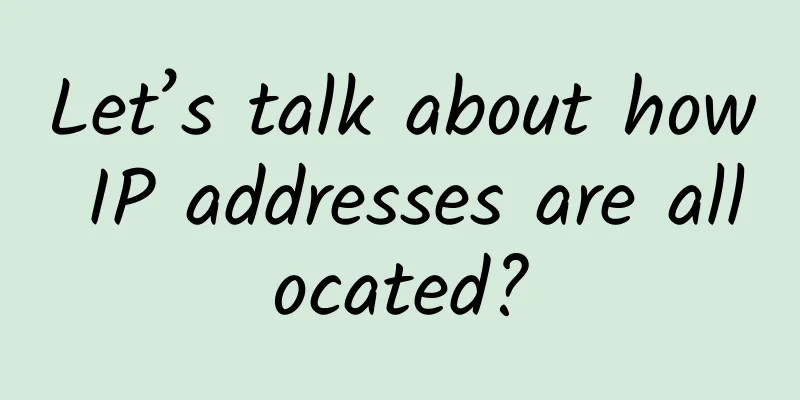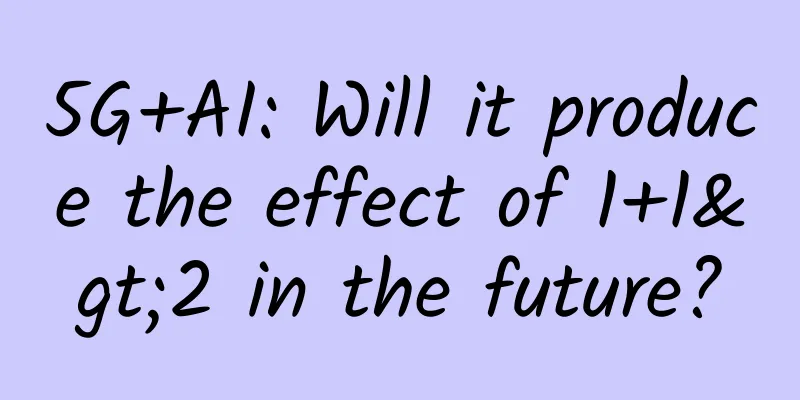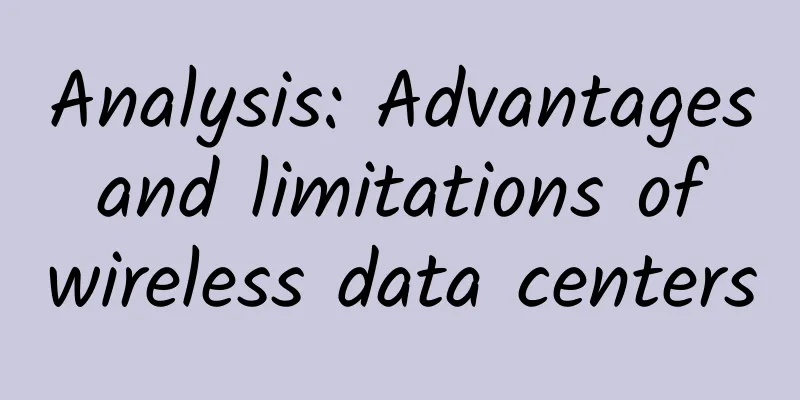How does the TCP connection state change?
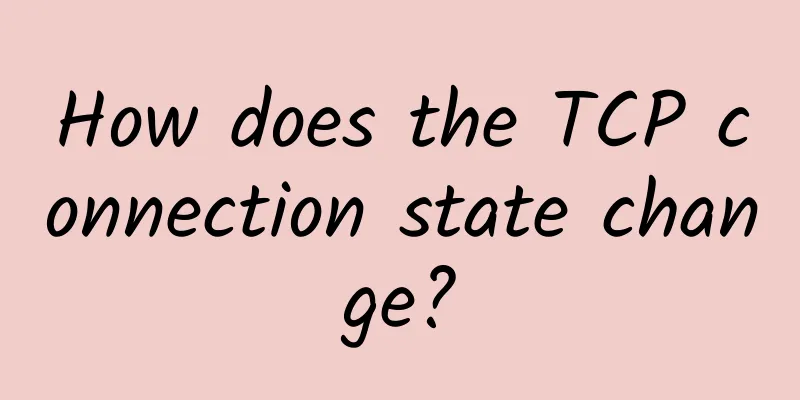
|
TCP is a connection-oriented reliable transmission protocol. TCP uses three-way handshake and four-way handshake to establish and terminate the connection. Through the three-way handshake, the sender and receiver exchange information such as sequence number and window size to ensure that both parties are ready for data transmission. During the transmission process, the connection is terminated normally through four handshakes to ensure that the last data can be transmitted completely. picture picture When establishing and disconnecting a TCP connection, the TCP client and server will experience different state transitions. picture State transitions when establishing a connection: 1. Before establishing a connection, the status of both the server and the client is CLOSED. 2. After the server creates the socket, it starts listening and changes to the LISTEN state. 3. The client requests to establish a connection and sends a SYN message to the server. The client's status changes to SYN_SENT. 4. After receiving the message from the client, the server sends ACK and SYN messages to the client. At this time, the server status changes to SYN_RCVD. 5. After the client receives the ACK and SYN packets from the server, it sends an ACK to the server, and the client status changes to ESTABLISHED 6. After receiving the ACK from the client, the server also becomes ESTABLISHED. At this point, the three-way handshake is completed and the connection is established! picture State transition when disconnecting (the server can also actively disconnect, taking the client actively disconnecting as an example): 1. The client first sends a FIN message to the server, requesting to disconnect, and its status changes to FIN_WAIT1. 2. After receiving FIN, the server sends ACK to the client, and the server status changes to CLOSE_WAIT. 3. After receiving the ACK, the client enters the FIN_WAIT2 state. At this point, the connection is half disconnected. 4. If the server still has data to send to the client, it will continue to send it until it has finished sending it. Then it sends a FIN message, and the server enters the LAST_ACK state. 5. After receiving the FIN from the server, the client immediately sends an ACK to the server. At this time, the client enters the TIME_WAIT state, and then enters the CLOSED state after 2MSL (MSL refers to the maximum survival time of the message). 6. The server enters the CLOSED state after receiving the ACK from the client. At this point, four waves are completed and the connection is complete! picture There are two points to note during the disconnection process: 1. If the client receives the server's FIN before receiving the server's ACK after sending the FIN message, the client replies ACK to the server and the state changes to CLOSING. After the client receives the server's ACK, the state changes to TIME_WAIT. 2. If the client receives a message from the server with both ACK and FIN flags after sending a FIN message, it can directly enter the TIME_WAIT state without going through the FIN_WAIT_2 state. picture |
<<: How does TCP ensure reliable transmission?
>>: A brief analysis of the application of NAT technology in cloud gateway
Recommend
In the era of intelligence, computing power is upgraded, and Huawei Cloud enables the intelligent transformation of the industry
[51CTO.com original article] Recently, Huawei hel...
Hosteons: Starting from $12/year - 256MB/10GB/2TB@10Gbps/9 data centers including Los Angeles, Portland, and Salt Lake City
Last month we shared the news that Hosteons was g...
The United States has approved 6G trials. Is this a far-sighted move or a desperate attempt?
Recently, US President Trump announced the approv...
Huawei Cloud Online Education Innovation Season kicks off to light up the dream classroom with technology
[51CTO.com original article] Is it a crisis or an...
If one person has internet access, the whole village will be at ease! Two ways to break through LAN blockade
Hey! Dear friends, long time no see. Today I brin...
Wi-Fi 6E has been launched. What is the difference between it and ordinary Wi-Fi?
On September 2 last year, ROG released a high-end...
Will 5G replace WiFi? Not in the short term
As global operators begin to pave the way for com...
5G universal access requires reasonable development and support from multiple parties
[[352016]] Recently, the three major domestic ope...
Software-based routing is eating into the traditional branch router market
As more and more enterprises begin to realize the...
RAKsmart server flash sale starts from $30/month, 1-10Gbps unlimited traffic server starts from $149/month, VPS 50% off
This month, RAKsmart continues the previous activ...
The UK finally stops using Huawei 5G equipment!
According to Reuters, British Secretary of State ...
Accelerating 5G standardization requires coping with the complexity of test scenarios
The fifth generation of mobile communication tech...
Network security attack and defense: wireless network security WEP
[[392852]] The WEP (Wired Equivalent Privacy) pro...
The evolution of the Internet, the inevitability of blockchain
In the article "Bitcoin Prequel", it is...

